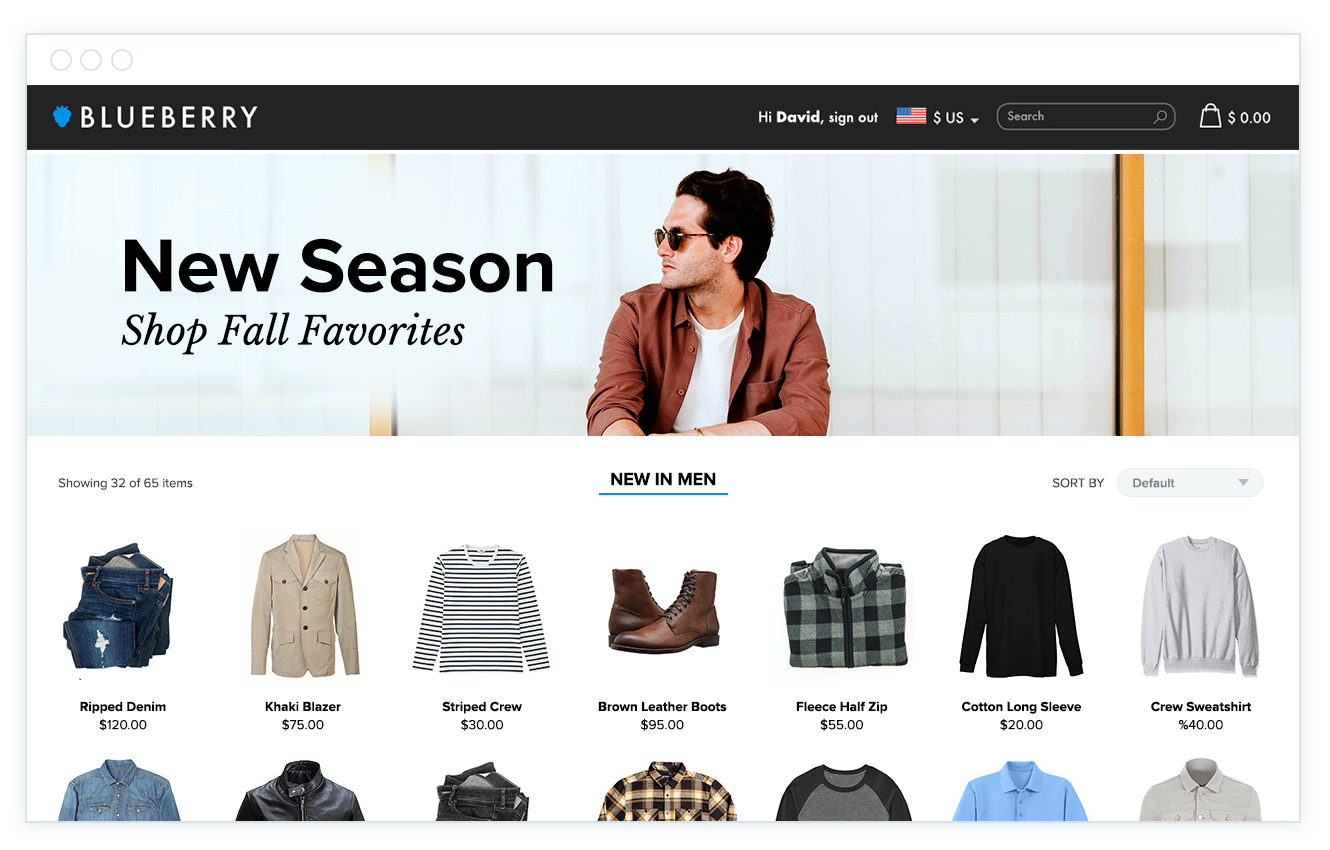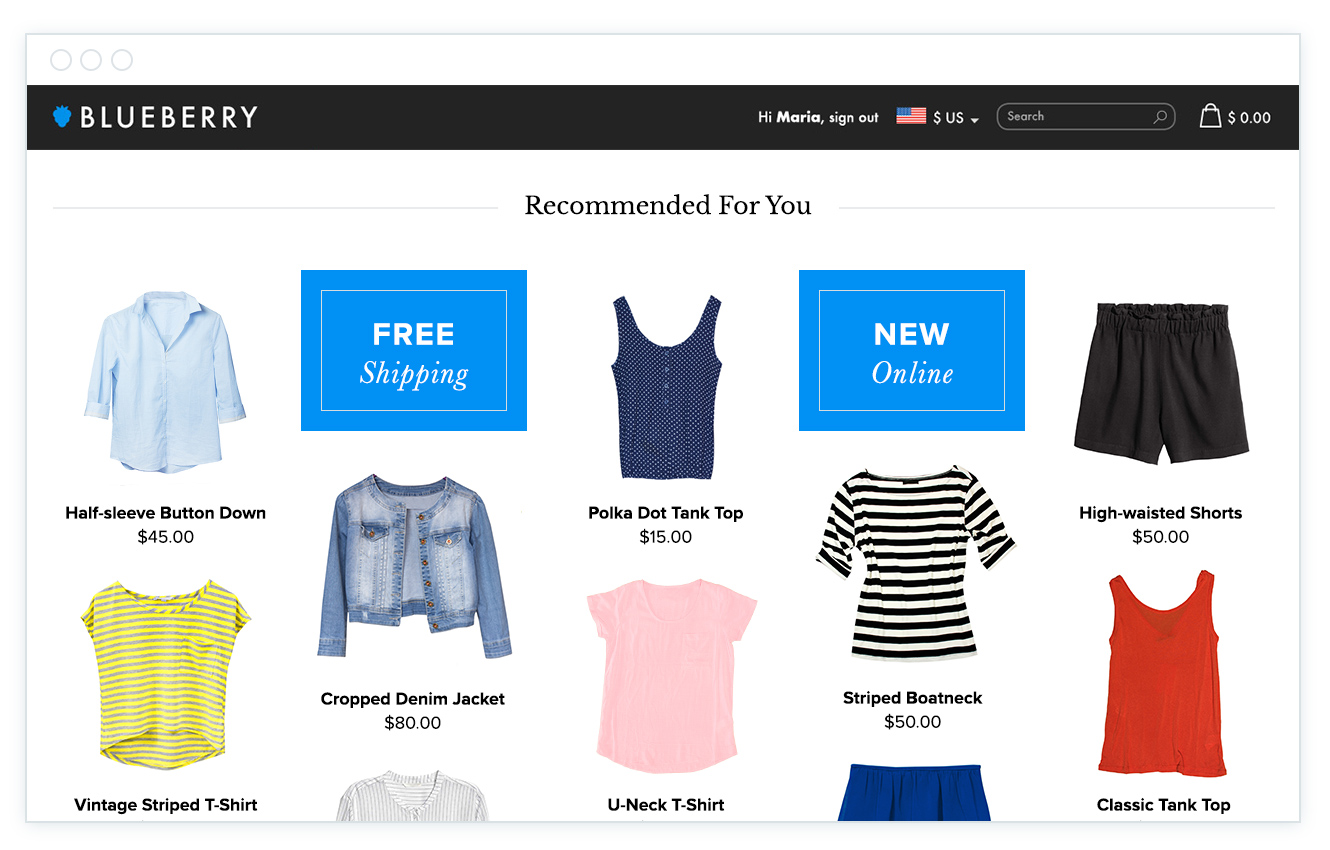The Most Overlooked Aspects of eCommerce Product Recommendations
Is it possible to power recommendations at scale with machine learning algorithms alone or should contextual data play a role? Founder, Liad Agmon, answers.
Read the full transcript
There is an industry myth about product recommendations, that it is all about the algorithm. But what we have found over the five, six years that we’ve been in business, is that the most underplayed aspect of efficient recommendations is the ability to do smart merchandising in real time based on who the user is, and not just based on what the products are.
So tying in your CRM strategy, your CRM segments, your first-party and your third-party, and to be able to smartly merchandise different sets of products to these customers, is generating a lot of results.
One of the, I would say, most overlooked aspects of the product recommendation world is, how am I presenting it to the customer? Is this customer right now in a discovery mode, and I need to widen the assortment and maybe to have a Pinterest-like feed of products, a never-ending scroll? Or is my customer in a transactional mode, and now I have to try and upsell and have relevant products that they would transact and purchase, next to the product that they are interested in?
We can tailor the look and feel of the recommendation widgets to the actual context of that customer, and it comes especially important in mobile. In mobile web experiences, the power of a great recommendation engine that can adapt the layout and not just the merchandise, is driving a huge amount of revenue for our customers.
We are the only company in the world that have adaptive recommendation layouts based on who the visitor is.
One interesting observation we had, is that in fashion eCommerce, if the gender of the shopper is female, the images in the product recommendations widgets — they should be larger, and it is much more about the experience. When we look at men that are just wired a bit differently, they are much more transactionally-natured. They want to see more products per page, and so you have to have a much more concise recommendation experience, and they’re going to end up transacting more.
Machine learning has become the crux of personalizing the recommendation experience for visitors, assisting in making generalizations from observed data to better find the best products or offers to serve each specific user.
What you might be surprised to find out, though, is that high-yielding product recommendations take more than just the work of the algorithms. In fact, over the past six years we’ve been working with brands to optimize their recommendations, we’ve discovered that the most efficient way to merchandise is through the use of real-time data about who the user is and then dynamically changing the experiences according to the context in which customers interact, not necessarily just what the actual products are.
It’s true that the machine learning algorithms that power recommendations become smarter with more data sources, so tying in your CRM, first, and third-party data will allow businesses to more effectively merchandise different sets of products to customers, generating a significant amount of results.
But when it comes to factoring in contextual data such as user activity, affinities, geography, product recommendations need to take it a step further, tailoring the look and feel of the recommendation widgets to best suit the individual’s needs at any given moment in time.
This can be done through what we call, layout personalization, what we think is the most overlooked aspects of the product recommendation world.
Adapting Strategies to Context
The fact is, there is no uniform site structure that can provide an optimal user experience to each of your visitors. No two visitors are the same, and while your existing layout may be attuned to the average user, it simply can’t be to everyone’s. If you don’t personalize your site’s layout you are limiting possibilities for engagement and missing out on a tremendous revenue opportunity.
For example, one interesting observation we had, is that in fashion eCommerce, if the gender of the shopper is female, the images in the product recommendations widgets should be larger. It is much more about the overall experience for women. But when analyzing men, who are wired a bit differently, we realized they are much more transactionally-natured. The guys want to see more products per page, exploring every possible item, and therefore guiding them through a catalog with infinite-scroll to keep the products flowing will produce higher-yielding results for this group of visitors.

Recommendation Widget for Women

Recommendation Widget for Men
In mobile experiences, things like product image size, filtering options, and product feed type must all be considered to increase engagement, clicks, and add-to-carts to ensure the layout properly suits the user’s device type.

Pinpointing the Purchase Funnel
Another important contextual clue to leverage is user intent, dynamically implementing recommendations based on whether the visitor’s activity is signaling they are in discovery or transactional mode. For someone who has arrived at a site via a broad search query and is slowly browsing category pages, a brand should change the layout of a page to widen the assortment of items and maybe include a Pinterest-like feed of products.
On the other hand, an individual who is ready to transact and maybe added an item to their cart but has decided to continue shopping might have content re-ordered to present other relevant products next to the one they’ve shown an interest in, allowing brands to strike with the right upsell offer while the iron is hot and increase AOV.

Layout for customers in discovery mode

Layout for customers ready to transact
The Power of a Great Recommendation Engine
The difference between an average recommendation engine and a great recommendation engine relies heavily on its ability to adapt the layout and not just the merchandise. And if businesses want customers to transact more, they are going to need to employ a much more concise recommendation experience.
Recommendations widgets should look and feel different based on the actual context of the customer, personalizing the experience by incorporating real-time user activity and context-focused optimization in a machine learning-based algorithm.
Dynamic Yield is the only company in the world which provides adaptive recommendation layouts based on who a specific site visitor is, and as a result, we are able to power millions of product recommendations every single day, driving a huge amount of revenue for our customers.

 How Deep Learning is Adding Predictive Personalization Prowess to User Affinity Profiling
How Deep Learning is Adding Predictive Personalization Prowess to User Affinity Profiling

